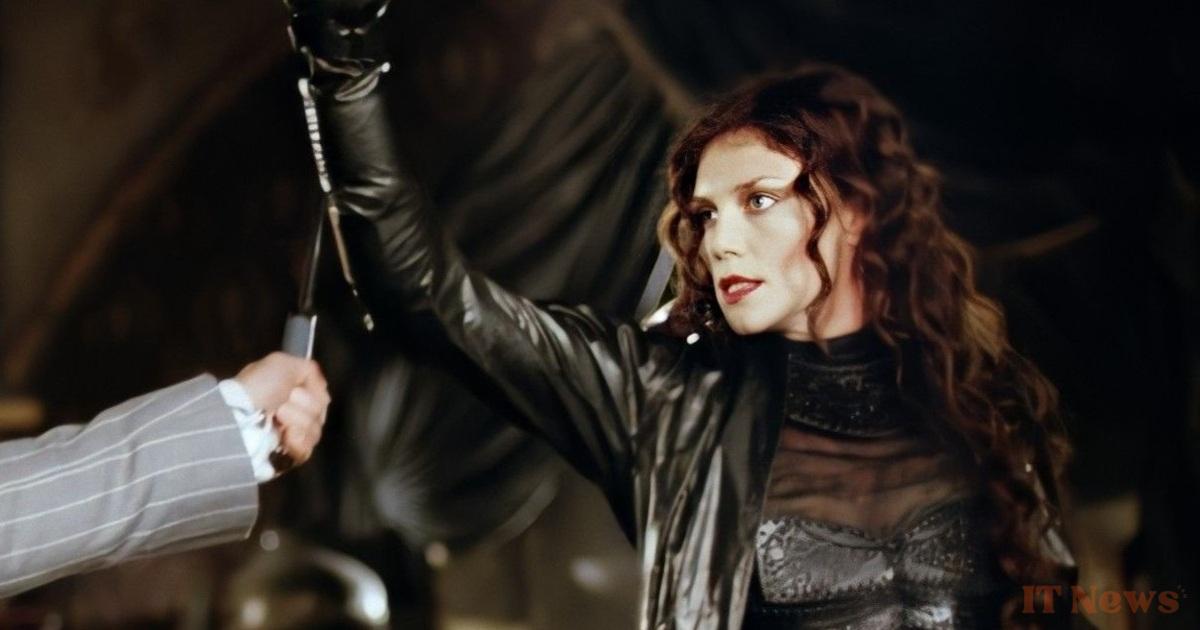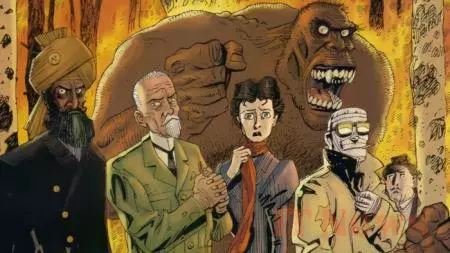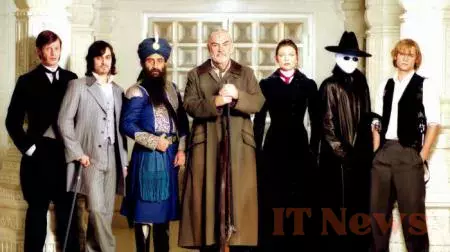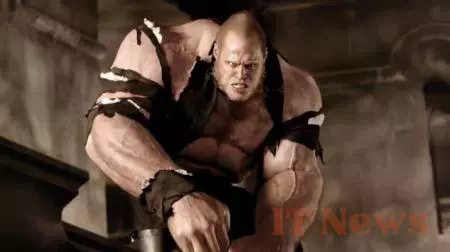There are films that are so unsuccessful they become almost fascinating. Ambitious projects that fail on every level, but which, through their sheer excess, leave a lasting mark on the history of cinema. One of them celebrates its 20th anniversary this year. And despite a disastrous critical reception, it is now enjoying an unexpected second life on free streaming platforms. This is the story of a disaster that became a cult classic despite itself.
Alan Moore for Dummies… the Really Really Dummies…
Before being an explosive and wobbly feature film, The League of Extraordinary Gentlemen was a comic book masterpiece. Conceived by Alan Moore (author of Watchmen, V for Vendetta, From Hell) and drawn by Kevin O’Neill, published by a subsidiary of DC Comics. This comic book series features a group of 19th-century literary characters brought together in a single dystopian plot. A dense, dark, erudite, and highly subversive work—anything but a mainstream blockbuster.
But Hollywood, as is often the case, has preferred simplification (or what it considers simplification) to fidelity. The film, released in 2003, takes up the basic concept (iconic figures from literature united against a global threat), but strips it of everything that made the comic strip so rich. Gone are the political tensions, social criticism, and psychological complexity: in come digital explosions, dubious humor, and a Sean Connery visibly in the middle of a burnout. Alan Moore, furious, immediately disowned this adaptation, calling it a pure and simple betrayal — and he can't be blamed.
The League of Gentlemen: The Sad Story Behind the Dud
Yes, The League of Extraordinary Gentlemen is a disaster. With a 16% score on Rotten Tomatoes, slaying reviews, and a reputation as a "cursed" film, it ticks all the boxes for a superhero dud. But here's the thing: like Van Helsing, The Mummy Returns, or Renny Harlin's Pirate Island, there's a kind of guilty pleasure in this shipwreck. This kind of film so clumsy, so noisy, so incoherent; that it becomes strangely endearing.
It's also a time capsule from the early 2000s, a time when studios didn't really know how to adapt a comic book yet—assuming you consider them to know how to do it today, of course. The result is a festival of dated special effects, forced punchlines, and illegible action scenes. Yet some viewers—often those who saw it as children—are now rediscovering the film with a certain nostalgic fondness. The result: LXG (as the marketing geniuses dubbed it at the time), two decades after its release, remains a film that is still widely watched on the streaming platforms that exploit it (such as Disney+).
But behind the laughter, there is also sadness. This film marks Sean Connery's final appearance in the flesh. Exhausted by the shoot, the Scottish actor put a definitive end to his career, subsequently only accepting a dubbing role in a (very bad) Scottish animated film, Sir Billi. Another victim: Stephen Norrington, promising director of the first Blade, whose career fizzled out after this fiasco. Ironically, his visual style would go on to have a lasting influence on the aesthetic codes of modern superhero films.
And if sad stories of Hollywood disasters fascinate you, also check out our articles, Disney: It was supposed to be a new sci-fi franchise, but it was a flop, Disney: The 8 biggest box-office failures of live-action remakes, or Star Wars: 10 embarrassing moments we wish we could forget.







0 Comments